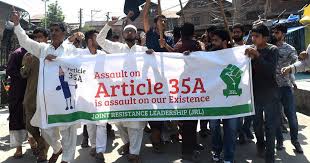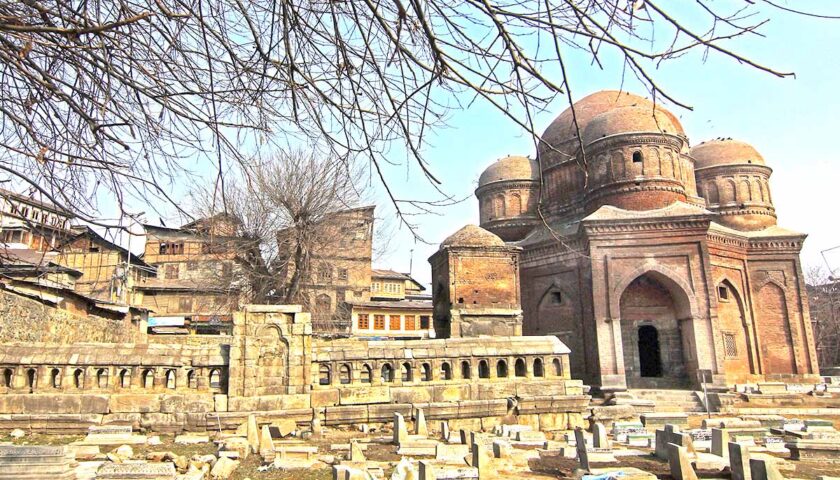It became law through a constitutional process. Its repeal will be a blow to federal India
When the minions of the BJP promise abolition of Article 370 or Article 35A, especially prior to the elections, it is not to be taken seriously. In fact, the response, if any, should be to dare them to do it. Indeed, I had done so in 2014 in response to a rant by Jitendra Singh, a minister in the PMO, when he spoke out of turn (‘Dare them to do it!’, Kashmir Life, June 2, 2014). It has been almost five years since and Article 370 and 35A stand where they are even as Singh is sitting in the same chair!
But when an erudite political leader with the genteel and gravitas of Arun Jaitley
One cannot pick a bone with Jaitley on his calling it a “historical blunder”. That is an opinion based not only on
Article 35A empowers the government of Jammu and Kashmir to do two things: First, to define a class of persons as constituting “permanent residents” of the state and second, to allow the government to confer on these persons special rights and privileges with respect to matters of public employment and acquisition of immovable property in the state. In addition, it grants immunity to such special rights and privileges legislation from being annulled on the ground that they infringe one or the other of the fundamental rights guaranteed by the Constitution.
Article 35A was included into the Constitution of India in 1954 by a presidential order made under Article 370 of the Constitution of India. The process followed in getting Article 35A is as constitutional and transparent as it can get.
The basic principles committee of the J&K Constituent Assembly, which was set up in 1951, presented its report to the Constituent Assembly in February 1954. As a part of the report, an annexure which listed out the provisions of the Constitution of India, besides Articles 1 and 370, that should be made applicable to J&K. This annexure included, among other Articles, Article 35A.
It is an interesting factoid that it was Girdhari Lal Dogra (father-in-law of Jaitley), who proposed that the annexure
The Article, through which Article 35A was brought in, i.e Article 370, was debated threadbare in the Constituent Assembly of India for more than five months before it was made a part of the Constitution as adopted in 1950.
Haseeb A Drabu






